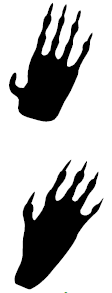4-H Cloverbud Activity Book C
The Cloverbud Activity Book is designed to introduce Cloverbuds to many different 4-H areas. The booklets provide activities in Animal Sciences/Animal Life, Expressive Arts, Family, Home, Health, Science and Natural Resources. The record sheet is included in the project book.
Last Updated: 01/10by Kim Drolshagen, Michelle Grimm and Michelle Schroeder
This resource, 4-H Cloverbud Activity Book C, is available from Taylor County Extension, University of Wisconsin-Madison, and used here with permission.
View the source PDF version for the 4-H Cloverbud Activity Book C at Extension Taylor County website
PAGE 1
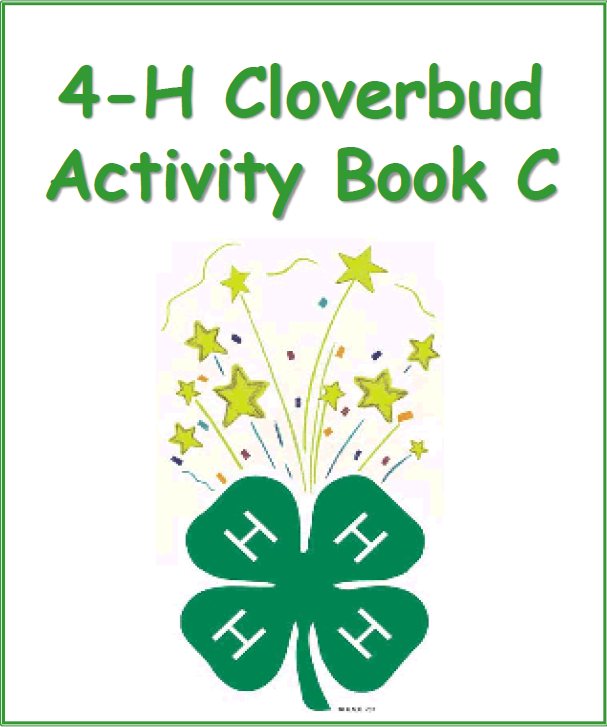
Produced by: Kim Drolshagen, Michelle Grimm and Michelle Schroeder, 2010
“An EEO/Affirmative Action employer, University of Wisconsin-Extension provides equal opportunities in employment and programming, including Title IX and ADA. Please make requests for reasonable accommodations to ensure equal access to educational programs as early as possible preceding the scheduled program, service, or activity. This document can be provided in an alternative formation by calling UW-Extension at 715-/748-3327 or 711 for Wisconsin Relay.”
PAGE 2
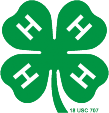 Table of Contents
Table of Contents
- My 4-H Club p. 3
- A Little Bit About Me p. 4
- About 4-H p. 5
- 4-H Pledge p. 6
- My Club and County Activities & Events p. 7
- Animal Tracks p. 8-13
- Beautiful Butterflies p. 14
- Toad Abode p. 15
- Let’s Sculpt p. 16
- Mime Time p. 17
- Making Mosaics p. 18
- Tic-Tac-Toe Weaving p. 19-20
- Scrumptious Sundae p. 21
- Family Flag p. 22
- Balloon Rocket p. 23
- Noisy Cups p. 24
- Mystery of Water and Oil p. 25
- Cave Formations p. 26
- Ocean in a Bottle P. 27
- Nature Scavenger Hunt p. 28-29
- References p. 30
PAGE 3
My 4-H Club
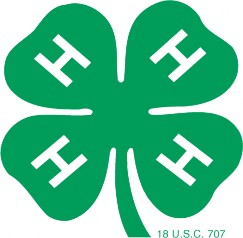
My Name:
4-H Club Name:
4-H Leader’s Name:
Phone Number:
Other Club Members:
4-H Youth Development Agent’s Name:
Phone Number:
PAGE 4
A Little Bit About Me
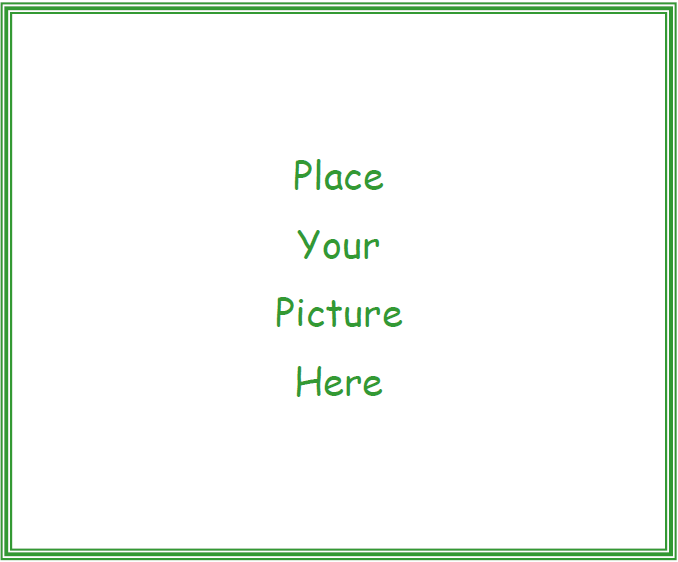
Name:
Age:
My Family members:
My favorite activities:
PAGE 5
4-H Club Emblem
The four leaf clover with the letter “H” on each leaf, which stands for head, heart, hands and health. The colors of the emblem are green and white.
4-H Motto
“TO MAKE THE BEST BETTER”
This motto challenges everyone involved in 4-H to do the very best job they can.
4-H Slogan
“LEARN BY DOING”
PAGE 6
4-H Pledge
I pledge:
My Head to Clearer Thinking (Right hand points to forehead)

My Heart to Greater Loyalty (Right hand over heart)

My Hands to Larger Service (Arms slightly bent, palms up)

And My Health to Better Living for My Club, My Community, My Country and My World (Arms at side)

PAGE 7
My Club and County Activities and Events
Activities and events I was part of:
| Event | Date |
PAGE 8 - Animal Sciences, Animal Life
Animal Tracks
Have you ever been on a walk and seen some tracks and wondered what made them? Animals make tracks as they move allowing us to study their habits.
Let’s go on a search for animal tracks!
Using the animal tracks handout, go with an adult searching for animal tracks! You can look in your backyard, a park or a woods.
What animals did you find in your backyard?
What animals did you find in a woods or a park?
What type of ground (grass, mud or snow) is it easier to find animal tracks?

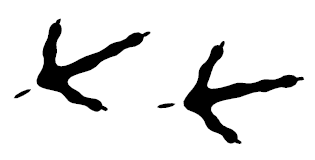
PAGE 9 - Animal Sciences, Animal Life
Matching Tracks
Draw a line matching the animal to its track!
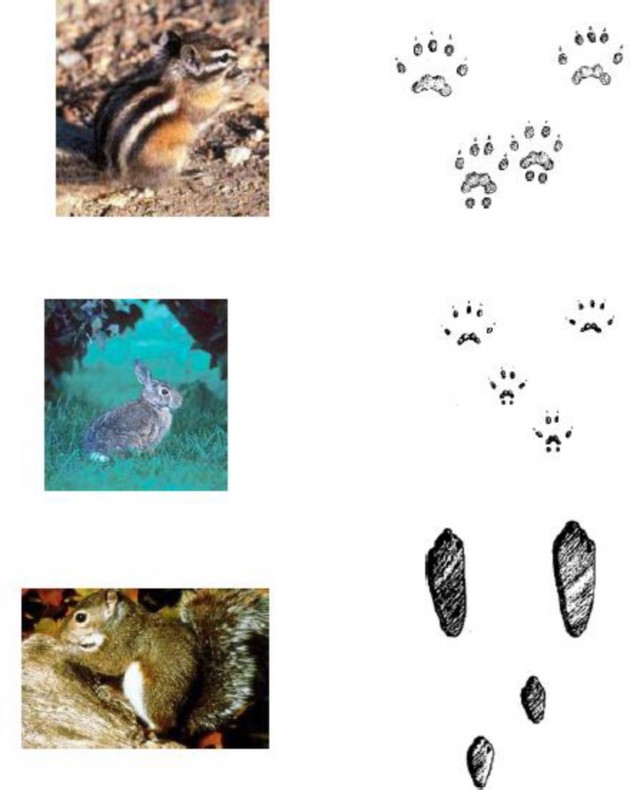
PAGE 10 - Animal Sciences, Animal Life
Matching Tracks

PAGE 11 - Animal Science, Animal Life
Matching Tracks
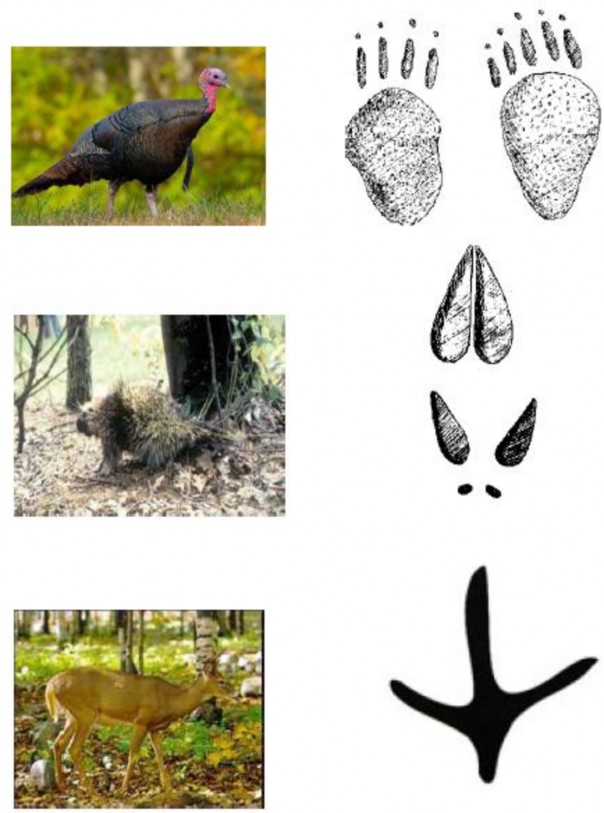
PAGE 12 - Animal Sciences, Animal Life
Animal Track Guide
Striped Skunk

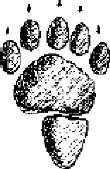
Front Foot Hind Foot
Opossum
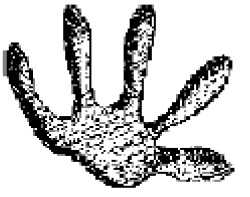
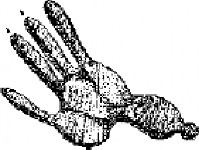
Front Foot Hind Foot
Raccoon

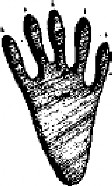
Front Foot Hind Foot
Rabbit
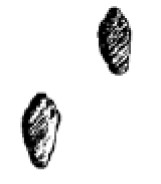
![]()
Front Feet Hind Feet
Gray Squirrel


Front Feet Hind Feet
PAGE 13 - Animal Sciences, Animal Life
Porcupine

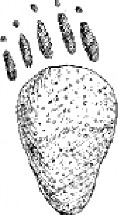
Front Foot Hind Foot
Chipmunk


Front Feet Hind Feet
Deer
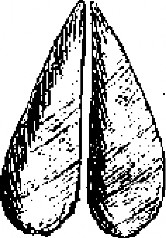

Walking Running, or Walking in Mud
Dog/Coyote

Wild Turkey
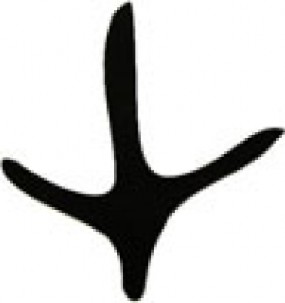
PAGE 14 - Animal Sciences, Animal Life
![C:\Documents and Settings\michelle.schroeder\Local Settings\Temporary Internet Files\Content.IE5\2XCL23C1\MC900438039[1].png A cartoon image of a yellow butterfly](../../publications/pubpics/4HDL15_files/Image_077.png) Beautiful Butterflies
Beautiful Butterflies
Have you ever wondered how a butterfly fluttered?

Butterflies flap their wings by contracting the thorax (the body part where the legs and wings are attached).
Let’s build a model to see how it works!
Materials:
- Cardboard Toilet Paper Tube
- Index Card
- Scissors
- Clear Tape
- Markers
Procedure:
- Make 2 longitudinal cuts along the toilet paper tube. Cut the tube so there are two parts – one larger and one smaller.
- Cut an index card in half and tape each half to an edge of the larger portion of the tube. Leave about 1 ½ inch overhang towards the middle of the tube.
- Tape the edges of the smaller portion of the tube to the inner edges of the cards. Hold the tube (the thorax) with the smaller part of the tube on the top.
- While holding the bottom tube section (the larger one), pressdown and then release the upper section. The index card “wings” will begin to flap up and down.
- Decorate your butterfly!
![C:\Documents and Settings\michelle.schroeder\Local Settings\Temporary Internet Files\Content.IE5\W72BQFWL\MC900438040[1].png A cartoon image of a blue butterfly](../../publications/pubpics/4HDL15_files/Image_079.png)
Where are the wings of a butterfly attached?
Adapted from: Clover Kids Beautiful Butterflies. Iowa State Extension. 14
www.extension.iastate.edu/4H/Clover/Documents/ButterfliesCK.doc
PAGE 15 - Animal Sciences, Animal Life
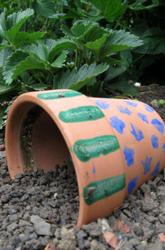
Toad Abode
Let’s build a house for a toad and observe these fascinating creatures. Watch for toads feasting on their favorite food – bugs! Toads eat insects, grubs, slugs, worms and other invertebrates. They can eat up to 110 a day!
Materials:
- 4 Inch Diameter Terra Cotta Pot
- Acrylic Paints
- Paint Brush
- Newspapers
- Small Spade
Procedure:
- Spread newspapers on your workspace.
- Decorate the pot using paints.
- Once the pot has dried, take it outside to a spot in the soil (a flower bed or a spot under a bush or tree works great).
- Take the spade and dig down in the soil a little ways to burry the pot half way in the ground on its side. Leave the soil turned up and don’t pat it down.
- Now it’s time to wait for a toad! If you don’t get a toad in one spot, try another!
 Describe what a toad looks like.
Describe what a toad looks like.
Name some things a toad may eat.
PAGE 16 - Expressive Arts
Let’s Sculpt
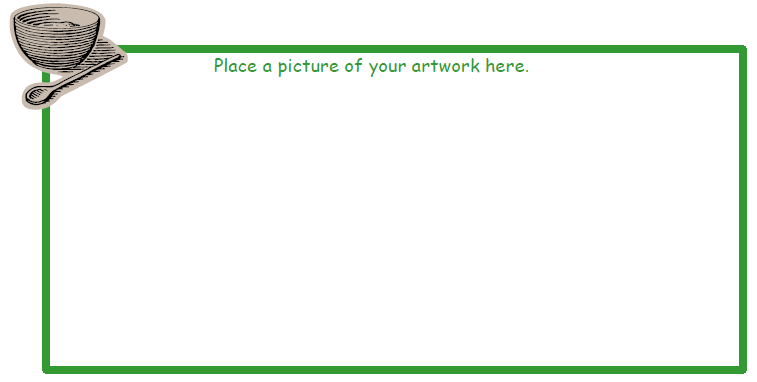
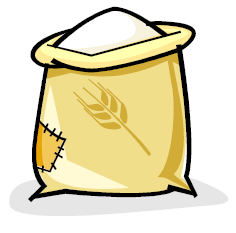
Make a sculpture using homemade play dough!
Materials:
- ¼ Cup Salt
- 1 Cup Flour
- ¼ Cup Water
Procedure:
- Combine the salt, flour and water in a large mixing bowl.
- Knead or stir the mixture until it is like clay consistency.You may need to add more water.
- Divide the dough into as many pieces as you would like colors. Add food coloring to each piece of dough to get the color you would like.
- Make a sculpture out of your dough and let sit overnight to dry.
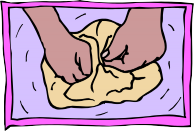
PAGE 17 - Expressive Arts
Mime Time
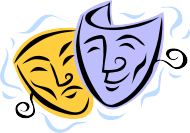

Miming is the acting out of something, using no words or sounds.
Materials:
Any Props That Are Handy
Procedure:
- Gather a group of friends and family and take turns guessing actions such as foods with action (popcorn, toast in a toaster, eggs, sizzling bacon, etc) or any other actions you can come up with.
- Now, try pretending like you have hundreds of strings attached to all muscles in your body. Pretend an outside force is pulling from above. All parts of your face should snap up. Do the same with forces pulling from the right, left and down.
What are some actions you could act out by miming? 
Adapted from: Mime and Yours. Cloverbuds Activities Packet. By: Richard Moreland and Lori K. Hutchins.University of Minnesota Extension Service.
PAGE 18 - Expressive Arts
Making Mosaics
Mosaics are pictures made out of different objects glued together. They can be made out of any objects, such as tiles, pieces of glass, beads, beans, seeds, squares of paper, etc.
Materials:
- Tag Board or Heavy Paper
- White Glue
- 5-6 Kinds of Dried Beans or Seeds
- Newspaper
Procedure:
- Place newspaper over the workspace.
- Place the tag board or heavy paper on the workspace and glue the beans or seeds to it to make a picture.
- Let sit to dry.
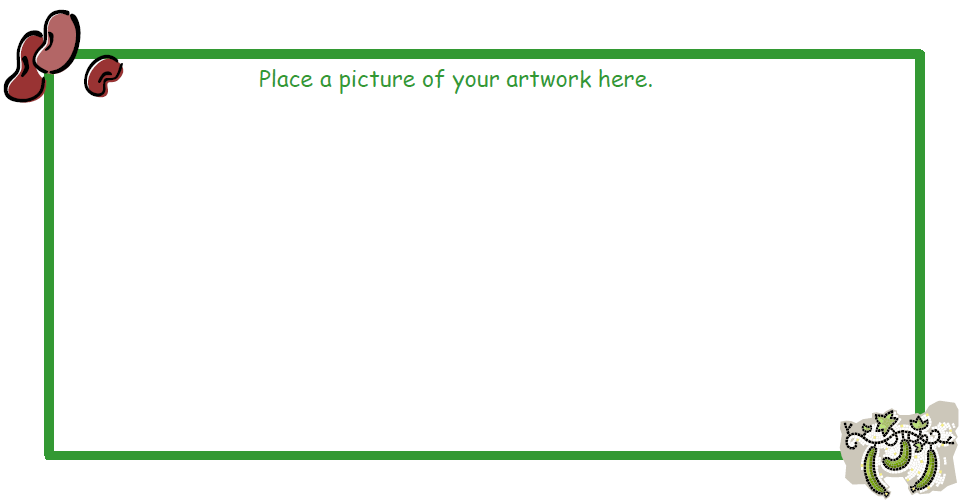
PAGE 19 - Family, Home and Health
Tic-Tac-Toe Weaving
Take a close look at the fabric of your clothes. What do you see? Fabrics and baskets are often made by weaving. Weaving is where threads are put over and under each other in a pattern.

Time for some Tic-Tac-Toe

Materials:
- 1 – 8 ½ Inch x 11 Inch Piece of Colored Card Stock
- 2– 8 ½ Inch x 11 Inch Pieces of Colored Paper
- 12 Piece of Poster Board That Are Different Colors and Different Colors From the Colored Paper
- Scissors
- Glue
- 1 Letter Sized Envelope
- Tic-Tac-Toe Pattern Page
Procedure:
- Fold one of the 8 ½” x 11” pieces of colored paper in half lengthwise. Fold thispaper in half again lengthwise so when it is opened there are four sections.
- Use the scissors to cut along the folds so there are four paper strips. Lay the strips aside. (Only 3 of the strips are going to be used)
- Lay the Tic-Tac-Toe Patter on top of the second 8 ½” x 11” piece of colored paper. Cut off the bottom portion to create a square.
- With the pattern still on top of the colored paper, fold the papers in half on the fold line.
- Starting at the fold, cut along the dotted line. Unfold both papers and lay the pattern piece aside.
- Weave the first strip through the square with the cuts in it. Weave the strip first under one and over one, continuing to the opposite side of the paper. The next strip is woven first over one and then under one, continuing as before. Push the first strip to the top of the cuts and push the second strip close to the first strip. Weave the last strip through the square using the under one, over one patter the first strip used. The square should look like a tic-tac-toe board.
- Glue the woven tic-tac-toe board to the card stock and cut off excess strip paper.
- Lay the tic-tac-toe board so the card stock side is facing up. Glue the envelopeonto the board. Lay the board aside.
- Cut out the pattern piece for the markers. Trace the round pattern piece onto the colored poster board nine times.
- Cut out the markers and store in the envelope on the back of your tic-tac-toeboard. 19
- Play!
Adapted from: Mini 4-H Before You Sew. By: Roylene Laswell. Purdue University Extension Service.
PAGE 20 - Family, Home and Health
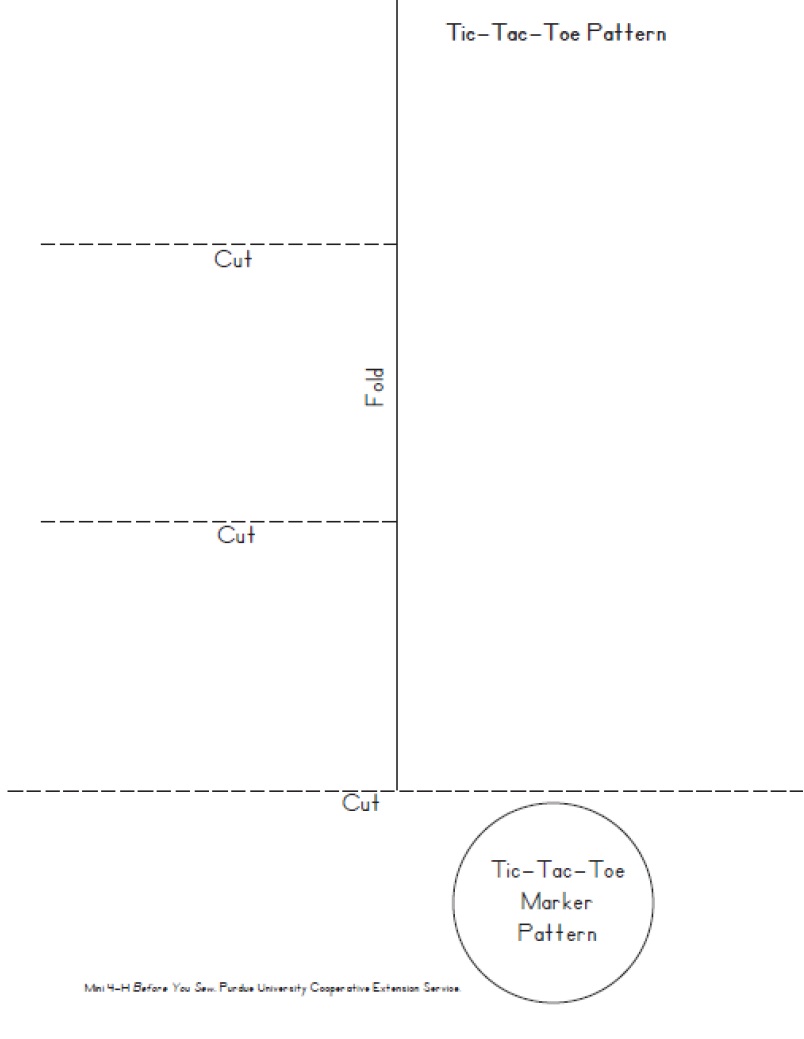
PAGE 21 - Family, Home and Health
Scrumptious Sundae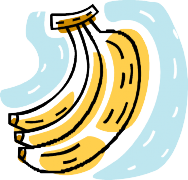
Let’s Make a Delicious and Nutritious Snack!
Make sure to ask an adult for help!
Ingredients:
- ½ Cup Low-Fat Flavored Yogurt
- ½ Graham Cracker Sheet
- ½ Banana
Equipment:
- Plastic Knife
- Small Bowl
- Spoon
Procedure:
- Before making the snack, make sure to wash your handswith soap and warm water.
- Measure the yogurt into a cup
- Break the graham cracker into small pieces and put on top of the yogurt.
- Peel and slice the banana and place it on top of thesundae.
- Enjoy!
This snack is made with everyday foods that are healthy for us, like low-fat yogurt and fruit. Can you think of any other everyday foods you could use to make a similar snack?
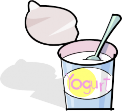
PAGE 22 - Family, Home and Health
![C:\Documents and Settings\michelle.schroeder\Local Settings\Temporary Internet Files\Content.IE5\2XCL23C1\MC900436180[1].png A cartoon image of the American flag](../../publications/pubpics/4HDL15_files/Image_110.png)
Family Flag
Flags are used to represent something like a state or country. Years ago families had flags representing themselves. These flags had designs of special things and talents. These flags ere called coats of arms.
Think about your family’s special likes and talents. Design a flag or coat of arms to represent your family.
You may construct your flag using anything you would like. You may draw a flag, make it using construction paper and craft items or sew a flag.
I added to my family’s flag because

.
PAGE 23 - Science
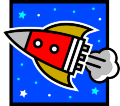
Balloon Rocket
A rocket is a type of spacecraft that is powered by gases that are forced out of one end.
Lets use our aerospace skills to make a balloon rocket!
Materials:
- 6 Feet of String
- 4 Inch Piece of Drinking Straw
- 2 Chairs
- 9 Inch Round Balloon
- Spring Clothespin
- Transparent Tape
Procedure: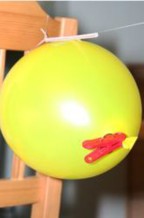
- Thread the string through the straw and tie both ends of the string to the backs of the chairs.
- Position the chairs so the string between them is very tight.
- Inflate the balloon and twist the open end of the balloonand secure it with the clothespin.
- Move the straw to one end of the string.
- Tape the inflated balloon to the straw.
- Time for takeoff! Carefully remove the clothespin from the balloon.
How far did your balloon travel?
Now try using different amounts of air in your balloon to see if it travels farther or shorter.
What happened when you tried different amounts of air?
PAGE 24 - Science
Noisy Cups
Sound vibrations travel through liquids, gases and solids. In this activity sound is traveling through a solid.
Try making noise with a dry string, a wet string and a string covered with dishwashing liquid.
Which one will make the loudest sound?
Which will make the quietest sound?
Let’s make some noise!

Materials:
- Paper or Plastic cups
- Large Paper Clips
- Cotton String
- Scissors
- Sharpened Pencil
- Tape
- Water
- Dishwashing Liquid
Procedure:
- Poke a small hole in the bottom of a cup with a pencil.
- Pull 2 feet of string through the bottom of the cup and tie a paper clip to the end that’s inside the cup.
- Pull the string tight, so the paper clip rests at the bottom of the cup. Tape the paper clip flat.
- Hold the cup in one hand and the string in the other near the bottom of the cup.
- Squeeze the string tightly between your fingers and thumb and slide them down the string as fast as you can.
- Now, let’s experiment with water! Wet the string with water and slide your fingers along the string again. Try once more using dishwashing liquid.
Which way made the loudest noise?
Which made the quietest noise?
Was there any surprises?
Adapted from: Screaming String Thing. Fetch! PBS Go Kids. http://www.pbs.org/parents/fetch/activities/act/index.html
PAGE 25 - Science
The Mystery of Water and Oil
Does water and oil mix? Let’s try mixing water and oil to see what happens!
Make a prediction! What do you think will happen to the water and vegetable oil when they get put into the same container?

Materials:
- Plastic Bottle with Lid
- Food Coloring
- Water
- Vegetable Oil
- Funnel
- Measuring Cup
Procedure:
- Place ½ cup of water into the plastic bottle.
- Add a few drops of food coloring to the water.
- Add ½ cup of vegetable oil to the plastic bottle and secure the cap on the bottle.
- Observe the location of each liquid. Which liquid is on top? Which liquid is on the bottom?
- Time to shake! Make sure the lid is secured tightly and shake up the bottle. What happens to the liquids? Where is each liquid located now?
- Let the bottle rest on a flat surface for 2 minutes and observe what happens. What happened to the oil and water?
![C:\Documents and Settings\michelle.schroeder\Local Settings\Temporary Internet Files\Content.IE5\4NG3M3GV\MC900441752[1].png A cartoon image of a glass of water](../../publications/pubpics/4HDL15_files/Image_122.png)
Which liquid do you think is lighter?



